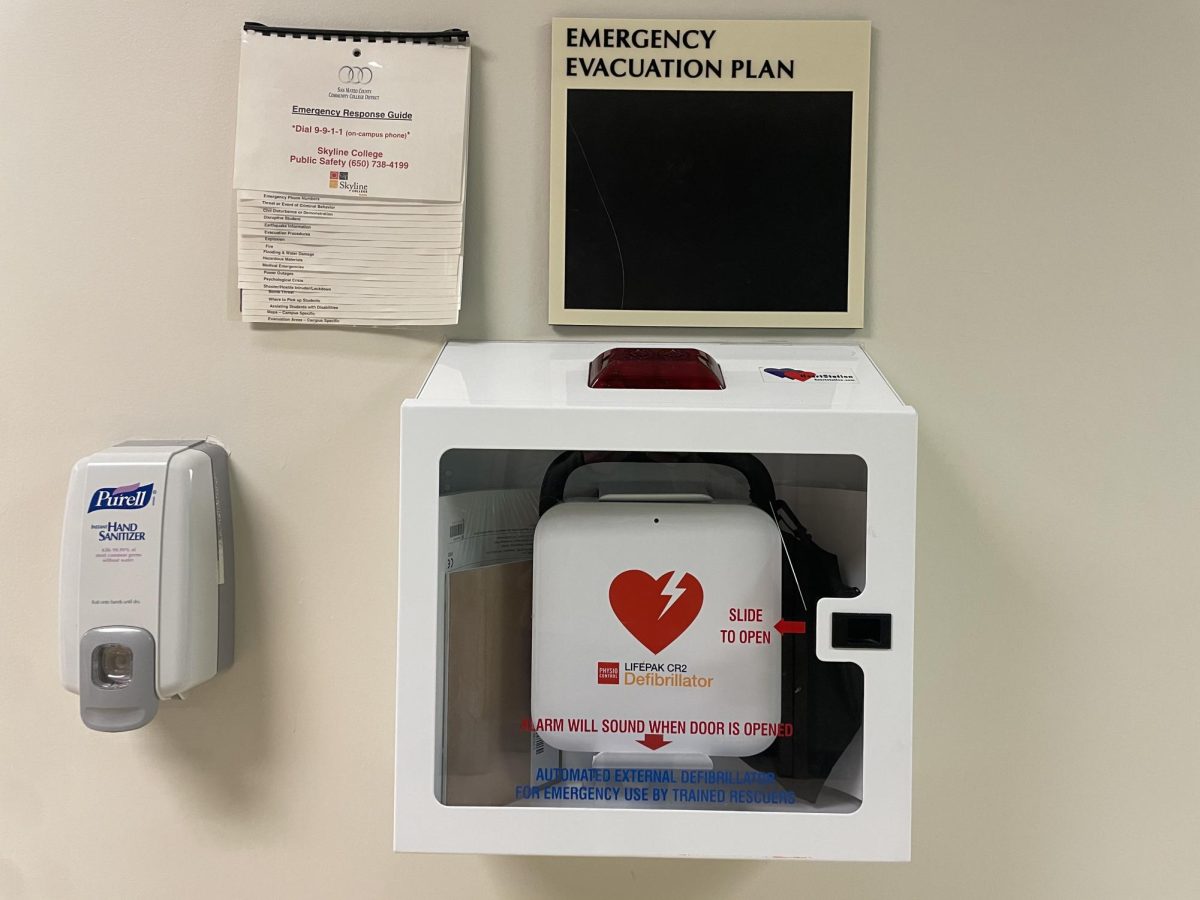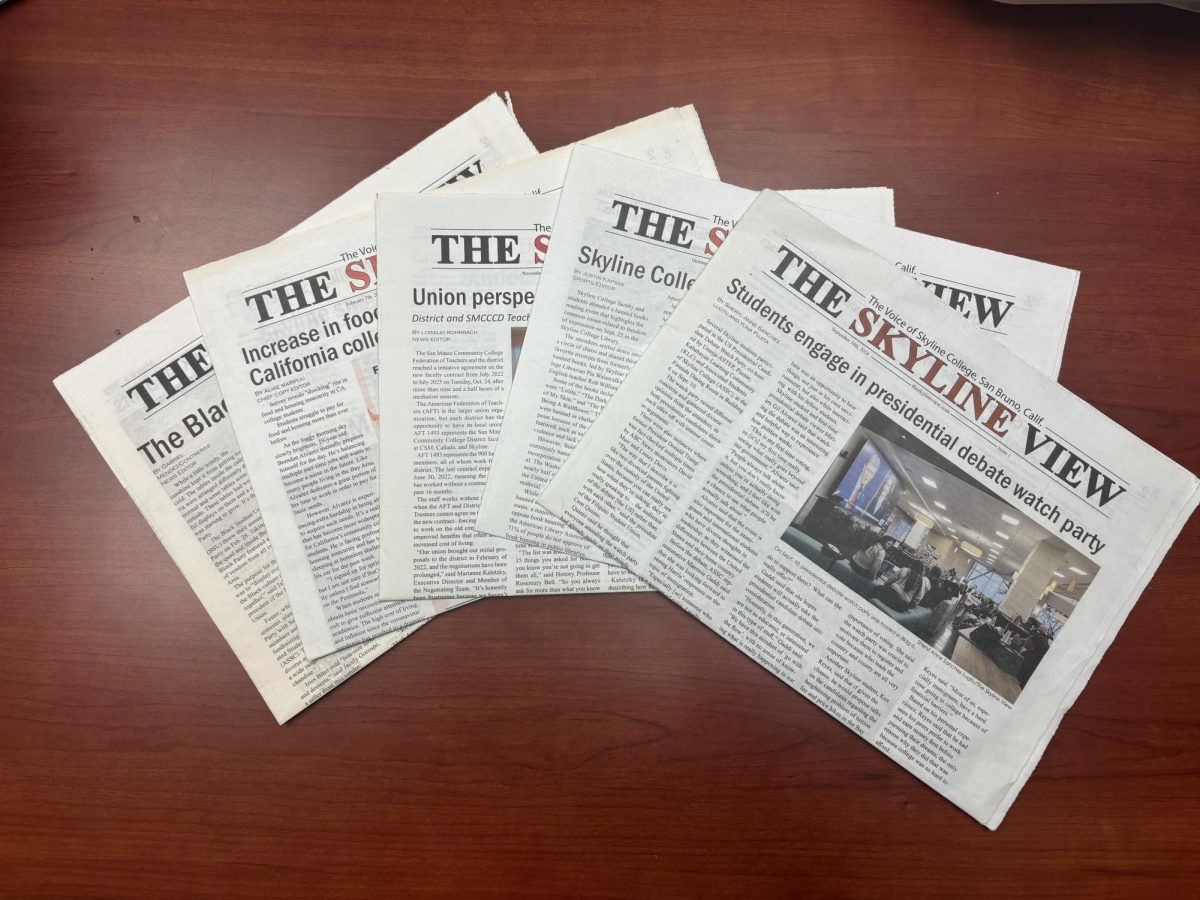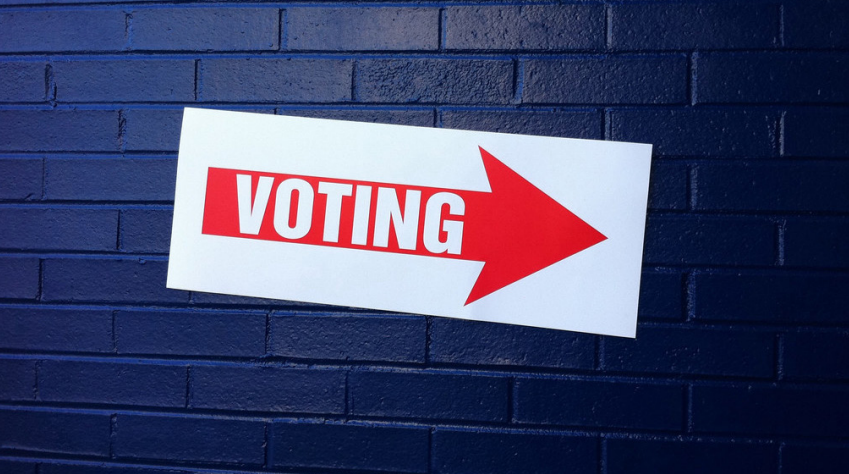While no one anticipates being thrown into an emergency situation, preparation for the worst is a valuable skill that can save lives. Whether it’s learning how to do CPR, how to use an AED, or how to do the Heimlich maneuver, first-aid training in the event of life-threatening situations saves lives and improves outcomes for those who need emergency treatment.
First-aid training also gives people the chance to practice their first aid skills before an emergency strikes. It’s one thing to know in theory how to use an AED, but it’s another to actually be in an emergency situation and figure out how to attach the shock pads to a person’s chest while also trying to manage bystanders, calling 911 and doing CPR.
Being in the position where you have to use your first-aid skills is scary, but a big part of these courses teaches you how to handle these kinds of situations, which is why it’s so vital for Skyline to offer these courses to students.
While Skyline offers CPR and first-aid training to staff, students are not given the same opportunity for potentially lifesaving education.
One of our reporters experienced harrowing situations involving working with children. These traumatized her and prompted her to take courses for learning emergency first-aid trainings.
“The 11-year-old boy I was taking care of put a LEGO in his mouth and started choking,” Alise Maripuu said. “I had to perform the Heimlich maneuver with no training.”
CPR and first-aid training classes typically come at a cost and are time consuming, which can turn students off from wanting to get certified. Offering free training and certification classes on campus would remove many of those barriers and give students skills that could help them find jobs.









